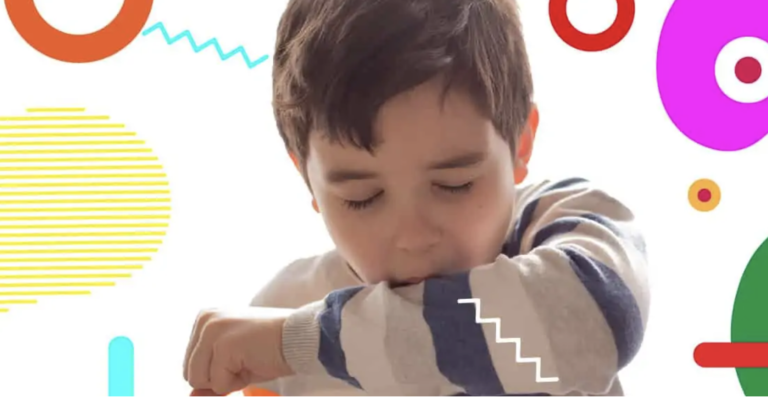
If a child is breathing rapidly, coughing frequently, and makes a whistling sound when exhaling, it is likely a case of bronchospasm (also known as wheezing). This is a fairly common condition, especially in preschool-aged children.
Depending on the child’s age, the most frequent causes of bronchospasm include:
- Bronchiolitis
- Viral wheezing (asthmatic bronchitis)
- Asthma
Let’s take a closer look at how to recognize them, what treatments are recommended, and how to prevent them when possible.
What causes bronchospasm?
Bronchospasm is caused by the contraction of the smooth muscles in the airway walls. Younger children are more prone to bronchospasm, mainly because their airways are narrower than those of older children or adults.
Main symptoms of bronchospasm in children:
- Cough
- Difficulty breathing (shortness of breath, or dyspnea) and rapid breathing
- Whistling or wheezing sound during exhalation
- Tightness in the chest (less common in young children)
Bronchiolitis
This is a common viral infection in the first year of life. It causes inflammation of the small airways (bronchioles) in the lungs. It usually starts as a cold, and after a few days, symptoms like cough, wheezing, and labored breathing appear.
In most cases, bronchiolitis is mild and can be managed at home after a doctor’s evaluation. Key tips include:
- Ensuring the child stays hydrated (e.g., offering smaller but more frequent feeds)
- Seeking medical attention again if symptoms worsen or the child is not feeding well
Viral Wheezing (Asthmatic Bronchitis)
This is a viral infection that typically affects preschool children (under 6 years) and causes inflammation of the bronchi. Symptoms include:
- Cold-like symptoms
- Wheezing and difficulty breathing
Unlike bronchiolitis, viral wheezing often responds to bronchodilator treatment, such as:
- Inhaled salbutamol (via puffer or nebulizer)
- Oral corticosteroids in more severe cases
Medical evaluation is important, especially during the first episode. Seek urgent care (ER) if the child is breathing very fast or shows signs of significant respiratory distress.
Some children may need hospitalization in severe cases.
Wheezing Beyond Infections
A small number of preschool children may wheeze even when they’re not sick, or during physical activity. In these cases, doctors may recommend:
- Inhaled steroids (used with salbutamol during episodes or as a preventative)
- Oral anti-leukotrienes
These children may later develop allergic asthma in school age.
Allergic Asthma
This is the most common cause of bronchospasm in school-aged children. It involves chronic inflammation of the bronchi, which can be triggered by:
- Allergens (e.g., dust mites, pollen, pet dander)
- Exercise
- Cold air
- Passive smoke
- Strong emotions (intense laughter or crying)
Treatment usually includes:
- Short- and long-acting bronchodilators
- Inhaled corticosteroids
Prevention Tips
- Avoid exposure to passive smoke—a major airway irritant.
- Reduce air pollution exposure whenever possible.
- For children with allergic asthma:
- Identify the allergen (e.g., through skin prick tests)
- Limit exposure (e.g., dust-mite-proof bedding for dust allergy)
- Keep your home dry and mold-free to better control asthma symptoms.
🩺 This article is based on insights from our pediatrician, Dr. Michele Arigliani.
